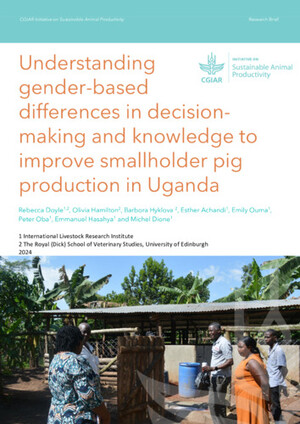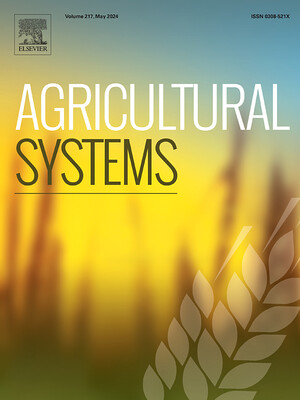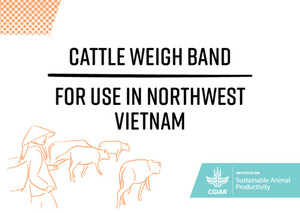
An analysis of technical efficiency in the presence of developments toward commercialization: Evidence from Tanzania’s milk producers
Abstract
The level and determinants of technical efficiency in milk-producing households are examined in connection with households’ level of commercialization. A sample of 469 milk producers are modeled using Stochastic Frontier Analysis (SFA). Average Technical Efficiency (TE) is estimated to be 80%, with variation among regions and generally reflecting levels of commercialization. Results show that assuming milk producers are rational, TE is increased by increasing the number of cattle, cows, and crossbreeds, and by additinal veterinary and feed inputs. These results support much existing research, and our contribution is the extension of analysis to actions and characteristics of the value chain due to commercial behaviors. We identify both direct and indirect potential effects of commercialization and identify mechanisms for their operation in development programs for commercial value chains. We find that credit access, training, group membership, market participation, and female household all improve TE while non-cattle income would reduce TE. We present sub-groups of households to better contrast levels of productivity and compare a limited number of the sub-groups' characteristics and actions. We provide commentary and explanation regarding commercialization and its direct and indirect connections to productivity. Recommendations include partnerships and facilitating actions that support commercialization, in association with improving efficiency in Tanzanian dairy.
Citation
Bahta, S., Omore, A.O., Baker, D., Okike, I., Gebremedhin, B. and Wanyoike, F.N. 2020. An analysis of technical efficiency in the presence of developments toward commercialization: Evidence from Tanzania’s milk producers. European Journal of Development Research










